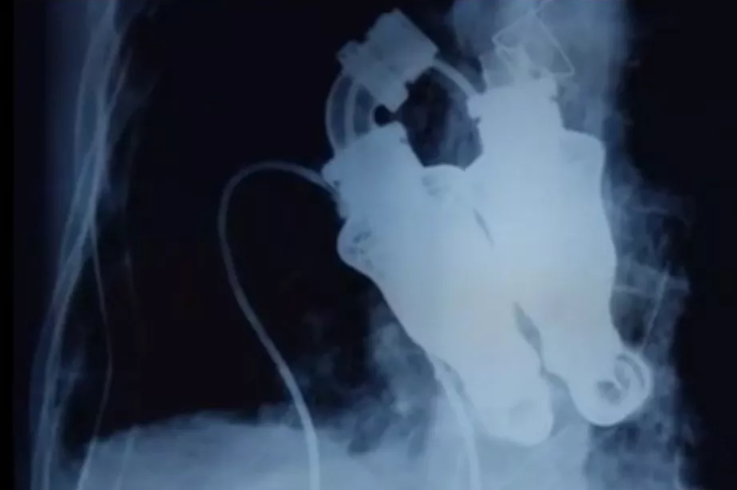Last week astrophysicist and science populariser Neil deGrasse Tyson held a speech at Greensboro Coliseum, addressing the current crisis of science illiteracy that we are facing. Here is a summary of that speech:
“Americans overall are bad at science. Scared of math. Poor at physics and engineering. Resistant to evolution. This science illiteracy,is a threat to the nation.
The consequence of that is that you breed a generation of people who do not know what science is nor how and why it works,” he said. “You have mortgaged the future financial security of your nation. Innovations in science and technology are the (basis) of tomorrow’s economy.”
America’s decline isn’t unprecedented, Tyson said. Just look back 1,000 years ago at the Middle East, where math and science flourished in Baghdad. Algebra and algorithms were invented in the Middle East. So were Arabic numerals, the numbers we still use today.
But when a new cleric emerged during the 12th century, he declared math and science to be earthly pursuits, Tyson said, and good Muslims should be concerned about spiritual affairs. The scientists drifted away, and scientific literacy faded from that part of the world. Of 655 Nobel Prizes awarded in the sciences since 1900, Tyson said, only three have been awarded to Muslims.
“Things that seem harmless can have devastating effects,” he said.
Europe dominated science in the centuries that followed. You can see its influence today, Tyson said. Just look at currency: European paper money has carried the pictures of famous scientists. The former German currency bore the picture of the mathematician Carl Friedrich Gauss and his most famous contribution, the bell curve.
“It is a not-so-subtle message from the government that math matters,” Tyson said. “If it’s on your currency, it is part of your culture. You think it. You feel it. Whether or not you’re a scientist or a mathematician, you’re not going to be the person to stand in their way when they’re trying to get math and science done.”
The United States had its own scientific golden age in the last half of the 20th century. The space race and the Cold War drove scientific invention. Popular culture was full of flying cars, monorails, cities of tomorrow and world fairs that celebrated progress and invention.
“You didn’t need special programs to try to convince people that they should like science,” Tyson said. “It was already writ large in headlines. You don’t do that without science, technology, engineering and math. And everybody knew it.”
Today, Tyson said, too many Americans mistake clouds for UFOs, believe in alien abductions, reject evolution (known to scientists as the foundation of biology), fear the number 13 and negative numbers, and freak out about supermoons that really aren’t any bigger than regular old full moons.
If national leaders and local school boards want to ignore science, Tyson said that’s fine with him. (It’s not fine with us at Scientific Literacy Matters)
But, he said, let’s say he’s the chief executive officer of a corporation that’s looking for a site for its headquarters.
“It’s not going to be in your state,” Tyson said. “The future companies need science literacy for their R&D, for advancements, for innovation. And so your state will fade among the 50. That’s a consequence.”
We hope you enjoyed this summary of Neil deGrasse Tyson’s speech. Feel free to check out our GoFundMe campaign to send a representative to the science march in the sidebar.








